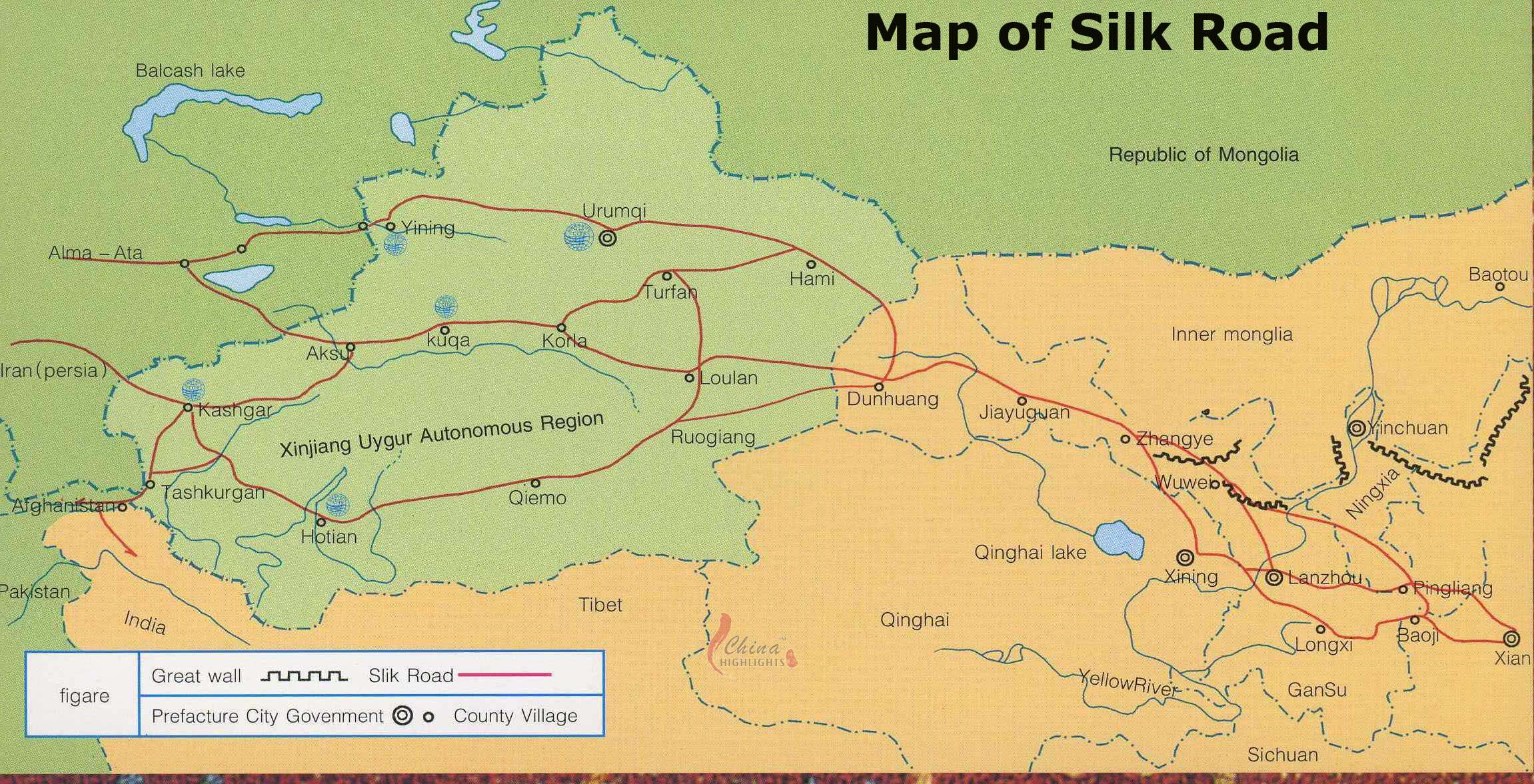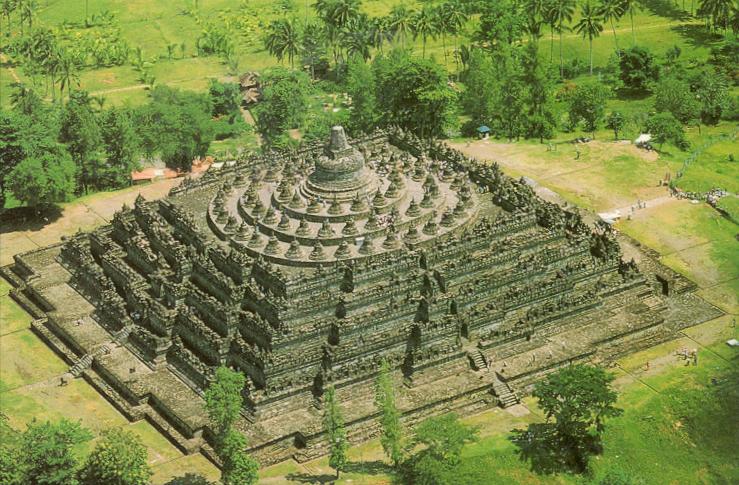The Silk Roads, Seas, and Sand Routes are what motivated and sustained the long distance commerce. They linked pastoral and agricultural people, provided unity & coherence to Eurasia. For 2,000 years, goods, ideas, technologies, and diseases made their way across Eurasia on the several routes of the Silk Roads.
The inner Eurasia lands of Russia and Central Asia had a harsher and dryer climate not conducive to agriculture.
Farmers gave up cultivation of food crops and chose to focus on producing silk, paper, porcelain, lacquer ware or iron tools.
 Silk was used as currency, it was means to accumulate wealth, it also symbolized high status and it became associated with the sacred in expanding world religions of Buddhism and Christianity. Scholars have found thousands of Buddhist texts int he city of Dunhuang, were several branches of the Silk Roads (right city along Silk Road) joined to enter western China, together with hundreds of cave temples, lavishly decorated with murals and statues (below). Shi Le was a ruler in the early fourth century, he became aquainted with a Buddhist monk call Fotudeng, who had traveled widely on the Silk Roads. The monk's reputation as a miracle worker, a rain maker, and a fortune-teller and his skills as a military strategist led to the conversions of thousands and the construction of hundreds of Buddhist temples.
Silk was used as currency, it was means to accumulate wealth, it also symbolized high status and it became associated with the sacred in expanding world religions of Buddhism and Christianity. Scholars have found thousands of Buddhist texts int he city of Dunhuang, were several branches of the Silk Roads (right city along Silk Road) joined to enter western China, together with hundreds of cave temples, lavishly decorated with murals and statues (below). Shi Le was a ruler in the early fourth century, he became aquainted with a Buddhist monk call Fotudeng, who had traveled widely on the Silk Roads. The monk's reputation as a miracle worker, a rain maker, and a fortune-teller and his skills as a military strategist led to the conversions of thousands and the construction of hundreds of Buddhist temples. Beyond goods and cultures, diseases too traveled the trade routes of Eurasia, and with devastating consequences. The Bubonic Plague, also know as Black Death, ravaged he coastal areas of the Mediterranean Sea as black rats that carried the disease arrived via seaborne trade with India. In the period between 534 and 750 C.E., in Constantinople, the capital city of the Byzantine Empire, lost some 10,000 people per day during a forty-day period to the plague.
Borobudur Temple is the largest monument anywhere in the world. It was constructed in the ninth century C.E., abandoned and covered with layers of volcanic ash and vegetation. It was rediscovered by British colonial authorities in the early nineteenth century and has undergone several restorations over the past two centuries. About 1 percent of the country's (Indonesia) still celebrates the Buddha's birthday at Borobudur.










No comments:
Post a Comment